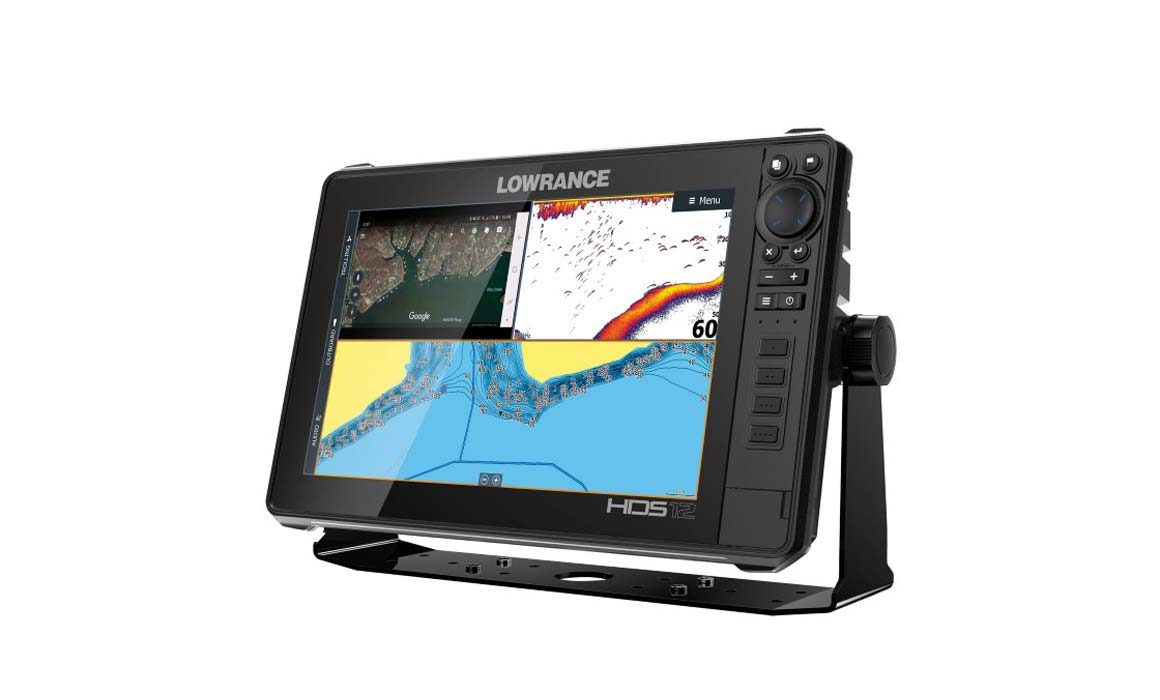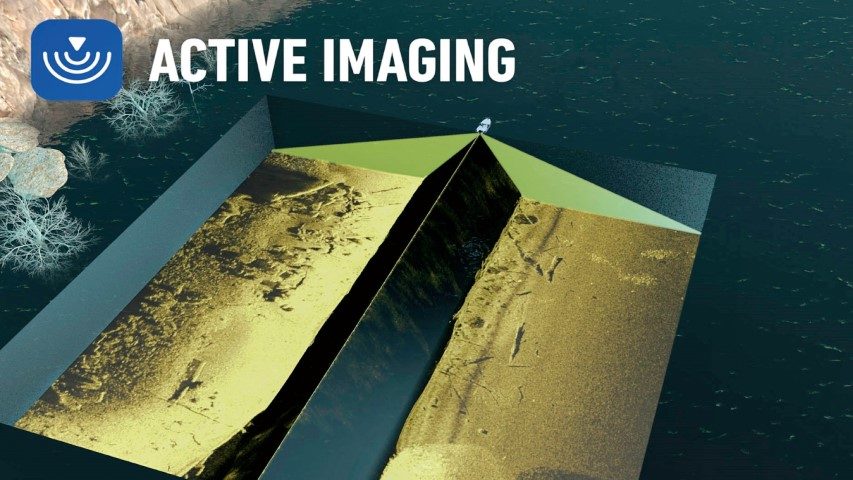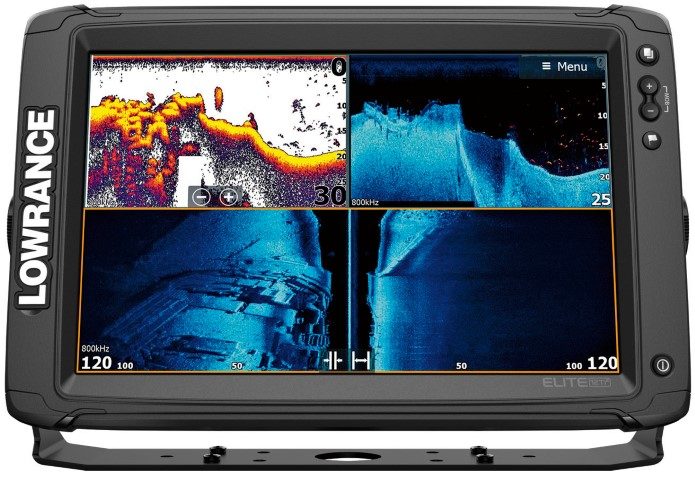

The pace of change in marine electronics is as frenetic as ever. Here’s an overview of the hotties in Navico’s new generation of Lowrance devices.
HDSLIVE MULTI-FUNCTION DISPLAYS
Some of the changes in marine electronics are evolutionary and are driven in no small part by the smartphone industry. Screens are sharper with higher resolution. They’re brighter and more responsive to touch and gestures. The four models in Lowrance’s latest HDS series of multi-function displays – with the new generation HDSLive – all boast gorgeous screens.
The brightness and clarity of these high-definition SolarMAX screens is remarkable – and they’re viewable in direct sunlight, even through polarised sunnies. A new bezel provides more screen with less plastic surround, and they’re easier to flush-mount than previous models. Though they’re full touch screens, they’re equipped with buttons if your fingers are wet or the boat’s bouncing around.
The top-end models (16- and 12-inch) now feature high-performance quad-core processors, while the smaller 9- and 7-inch models retain a dual-core processor. This gives faster response times and has allowed Lowrance to further enhance its software. User feedback shows that most boaties use the same couple of screens regularly – the new userprogrammable quick-access keys are a one-button push to a favourite mode.
NEW SONAR CAPABILITIES
Perhaps the most revolutionary aspect of the new models is the improvements to the sonar capability. Lowrance revolutionised 3D scanning with its StructureScan 3D technology in 2010 and then lowered the entry point with the launch of the TotalScan integrated transducer in 2016.
But the latest Active Imaging 3-in-1 takes side-scanning capabilities to a new level, combining Lowrance CHIRP with SideScan and DownScan Imaging. When combined with enhanced FishReveal software, the unit displays individual fish with higher clarity and target separation. You see exactly what fish are in the water – and where.

And there’s more. One drawback of most sonar images is that they’re static – they display what was there a few seconds ago. But the new LiveSight sonar now enables real-time views of even moving items – you can see how fish react to a lure or how they relate to structure.
This requires a separate forward-facing transducer, which can be combined with the LowrancePoint-1 GPS antenna to indicate on the chart where the transducer is pointed.
SMARTPHONE INTEGRATION
Dig under the bonnet to find more new technology and features. The bigger models now feature smartphone integration – you can connect your phone to the unit directly. This allows the display of streaming video, a web browser or third-party applications straight onto the HDSLive screen. And by pairing your phone to the unit you can receive calls and see notifications popping up on the screen.
NEW CHARTING CAPABILITIES
Navico merged with C-Map in July this year, and although its devices still support other charting options such as Navionics, it means there is now much closer integration with the C-Map features.
One of the best new features is Genesis Live, the ability to enhance your chart with real-time contour mapping from your sonar – as you travel. This creates higher-definition maps, especially useful in areas where the existing charts are lacking detail.
The contours can be saved onto a second SD card in the plotter and can then be used to update the existing map. In future this data may be able to be uploaded to create a social map that can be shared with others, though this feature is not presently available.
ELITE TI2 STAND-ALONE FISHINDER/CHARTPLOTTERS
Although the HDSLive range is fantastic, not everyone needs multiple integrated devices. The Elite Ti2 is a more affordable standalone fishfinder/chartplotter unit. The new range of 7-, 9- and 12-inch units now also incorporate Active Imaging sonar, combining CHIRP, SideScan and DownScan imaging with enhanced FishReveal software to identify your target.

Bluetooth calling and text notifications for your mobile phone are also built into the new Elites. Although multiple displays do not integrate together, a new wireless feature allows two Elite units to share the same sonar and chart data without requiring physical cabling between them.
HALO 24 DOME RADAR
Another innovation is the Halo 24 Pulse Compression radar system. A lightweight radome hides a 24-inch high-speed antenna which rotates at up to 60rpm. This means a refresh every second and it’s excellent for high-speed and short-range tracking, especially useful in collision avoidance.
The Halo 24 also incorporates the proprietary VelocityTrack Doppler technology, for identifying vessels that are potential collision hazards. The software clearly identifies these in a contrasting colour, enabling the skipper to identify the important targets and ignore those that pose no risk.
The unit also processes multiple ranges simultaneously to see both near and far. Other models alternately process the two different ranges – halving the refresh rate.
Compatible with the latest MFDs from Simrad, Lowrance and B&G, the Halo 24 has several pre-programmed modes that make it simple to use. Sailors will like the weather radar mode for identifying weather patterns, while sports fishermen will likely go into Bird Mode to target workups well beyond visual range.
JL AUDIO MARINE
Navico recently expanded its product range with a JL Audio distribution agreement for New Zealand and Australia. US company JL Audio is known for its robust, high-quality marine speakers, amplifiers and head units.
Its MediaMaster 100 is a weatherproof, fully-featured audio source with AM/FM tuner, Bluetooth and USB connectivity to iPhone or Android devices. IP66 rated and with a flushmounted full colour display, it nicely complements the new MFD screens.
Navico products integrate with all the major engine manufacturer’s systems.
TO FIND OUT MORE ABOUT THE NAVICO RANGE VISIT www.navico.com




